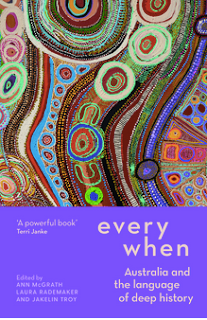However, The In-Between is much closer to 'my sort of novel' than some of his other work. It's essentially a love story, about two middle-aged men who connect later in life, with all the compromises and potential and baggage that entails. Two chapters are from Perry's point of view, and two from Ivan's, and the novel finishes with a section from the point of view of the daughter of Perry's former lover, a woman seeing the couple from the outside. The In-Between is mostly set in my Melbourne -- Preston, the city, the bayside suburbs where my husband's family live (though I'm having trouble exactly placing Perry's Preston apartment -- perhaps Christos... invented it???)
There is simply no better Australian writer on class, and the central section of the novel is the strongest and the most excruciating to read. There is a dinner party where all the shifting fault lines of Perry's milieu are laid bare -- between middle and working class, women and men, gay and straight, parents and non-parents. Conversations about politics become painfully personal, and accepted moral stances are paraded. Do we all have to think the same about everything?? There is raging against the timid conformity of Australia, our inability to face passion, life and death.
The In-Between is a visceral novel, packed with smells and sex, undercurrents of fear and loneliness and violence. But it's also a very tender, compassionate novel, shot through with everyday beauty and yes, love.


























